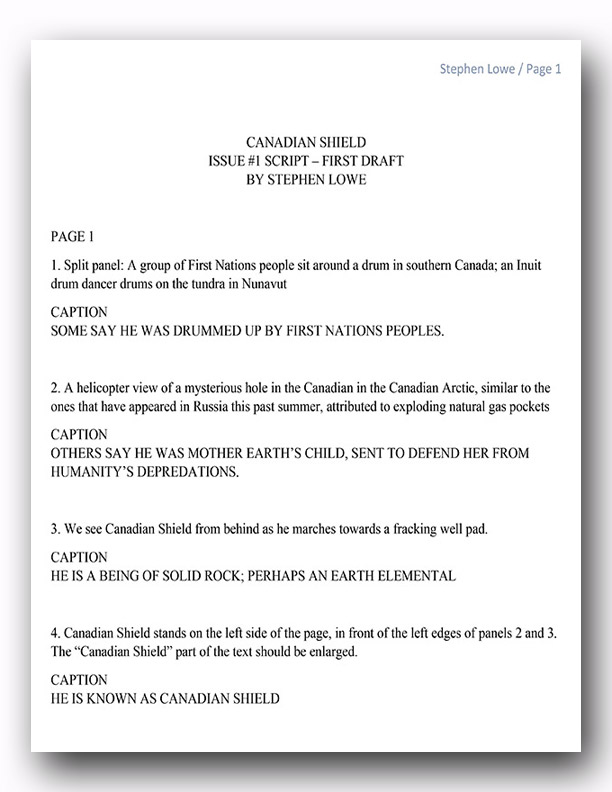Book Review: Words for Pictures
/When I decided it was time to learn how to script comics, I began searching for books to use for self-directed learning. This July, Brian Michael Bendis’ Words for Pictures: The Art and Busiiness of Writing Comics and Graphic Novels was published, giving aspiring comic book writers the big picture on how to bring their words to life in two-dimensional worlds. It is a beautiful softcover book printed in 210 full-colour pages, filled with observations and advice and bursting with some of the most beautiful artwork the comic book industry has to offer.
Bendis is a man of many talents, both as an illustrator and a writer. He has written and drawn a number of his own comic books and has written for Caliber Comics, Image Comics, Oni Comics and now Marvel Comics. He has won five Eisner Awards, including “Best Writer of the Year” in 2002 and 2003. At Marvel, he is one of the primary architects of the Ultimate universe of comics and has worked on a handful of other traditional titles as well.
In Words for Pictures, Bendis starts with the question of why the reader is interested in writing comics, examines scripting styles and how it’s done, talks about working with artists and editors, looks at the editing process, answers FAQs and interviews his wife, Alisa Bendis, on the business aspect of writing comics. The seventh chapter has a series of simple but effective exercises for the aspiring writer to “get his/her toes wet.” The concluding chapter addresses the fear that often prevents a would-be writer from writing.
Bendis comes off as extremely likeable; admirable, even. He is a role model for what a writer should be to his artist, stressing the importance of relationships with collaborators. He explains, “I don’t ask the artist to draw my world; I write into theirs. I literally close my eyes and imagine the world according to them. I see the faces that they draw, the buildings the way they draw them. I try to imagine the perfect comic book art from this particular artist and I write toward that vision. I try to put all of my ego aside and do everything I can to let the artists shine as brightly as they can.” Bendis not only wins me over with this passage, but makes me wish I was an artist who could collaborate with him, in spite of the fact I can’t draw my way out of a paper bag. Bendis doesn’t just tell you what he thinks, he interviews some of the leading writers, artists and editors in the comics industry today, reporting on what they think, and what they value in a writer.
That said, Words for Pictures, isn’t a one-stop-shop to teach you everything there is to know. When I received my copy, I had just read Peter David’s Writing for Comics & Graphic Novels, which I purchased second hand, as it’s no longer in print. David’s book shares common ground with Word for Pictures, but he walks you through the steps of story building and has exercises at every stage to teach you the skills and reinforce the lesson of each chapter. Bendis’ book assumes you know or possess many of these skills already, and are taking the next step to break into the world of comics.
If you are an aspiring comic-book writer, you need this book in your collection. Bendis’ Words for Pictures is to comics what Stephen King’s On Writing is to novels and short stories.
STEPHEN LOWE
An enthusiastic writer with a passion for comics and supernatural horror, Stephen grew up in Almonte, ON, lived in Nunavut, and now divides his time between Maitland, NS and Ottawa, ON. A dedicated environmental activist, his meticulous attention to detail is surpassed only by his robust laughter and generous spirit.
Follow me out at: Facebook | Twitter | LinkedIn
Podcasts and Blogs I Follow: Nerdist Comics Panel | The Women of Marvel | Comic Book Resources















